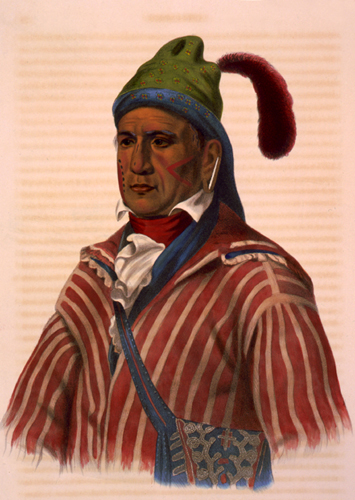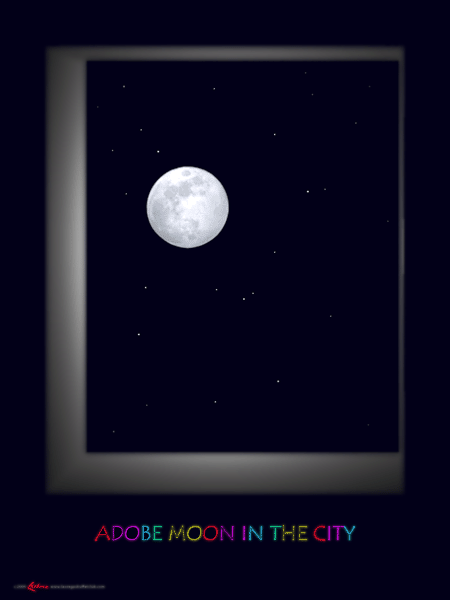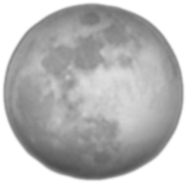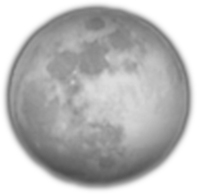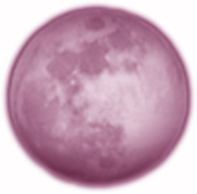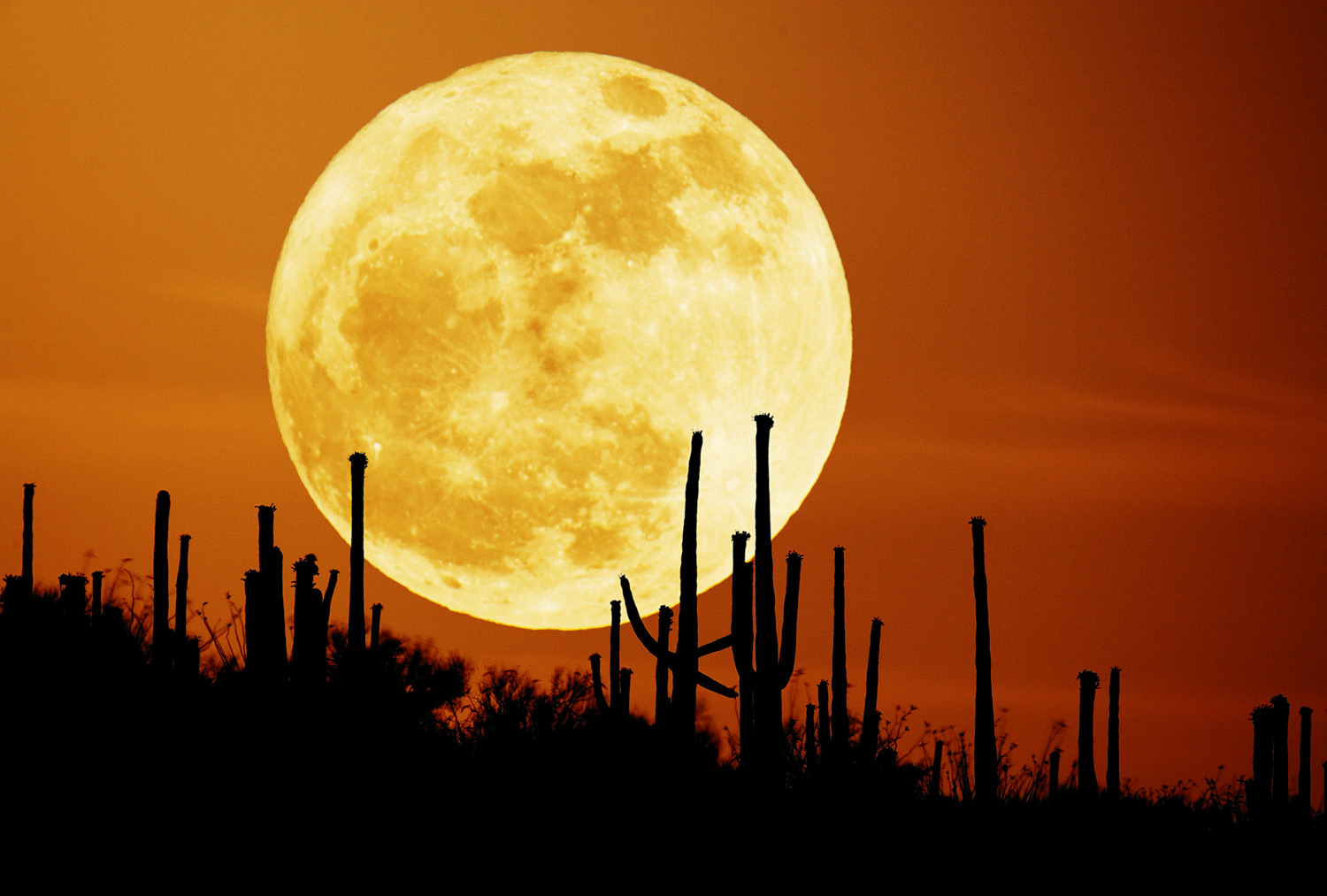
From The Old Farmer’s Almanac
Full Moon Names
The full Moon nearest the autumnal equinox (September 23 this year) is called the Harvest Moon. This Moon is not just the full Moon that occurs at the time of the harvest. It is the full Moon that actually helps the harvest by providing more light at the right time than other full Moons do.
The following video, featuring Amy Nieskens is from The Old Farmer’s Almanac
From The Old Farmer’s Almanac
Historically, the Native Americans who lived in the area that is now the northern and eastern United States kept track of the seasons by giving distinctive names to the recurring full Moons.
Each full Moon name was applied to the entire lunar month in which it occurred. These names, and some variations, were used by the Algonquin tribes from New England to Lake Superior.
Full Corn Moon
This full Moon corresponds with the time of harvesting corn. It is also called the Barley Moon, because it is the time to harvest and thresh the ripened barley. The Harvest Moon is the full Moon nearest the autumnal equinox, which can occur in September or October and is bright enough to allow finishing all the harvest chores.
From Western Washington University
American Indians gave names to each of the full moons to keep track of the passing year. The names are associated with the entire month until the next full moon occurs. Since a lunar month averages 29 days, the dates of the moons change from year to year. Here is the information for two tribes:
BACK EAST

Abenaki
Northeast, Maine
According to WWU, in the Abenaki language the name for August’s Moon is: “skamonkas” or “corn maker moon.”
OUT WEST

Comanche
Southern Plains
According to WWU, in the Comanche language the name for September’s Moon is: “taboo mua” or “paperman moon.“
The Old Farmer’s Almanac
Western Washington University
From National Geographic Online
4 Sky Events This Week: Harvest Moon, Green Giant, and Fall Equinox
Posted by Andrew Fazekas in StarStruck on September 16, 2013
This week two of the brightest planets join forces, and sky-watchers celebrate the change of seasons with a bright full moon.
Saturn and Venus. Starting on Monday, September 16 after sunset, Venus and Saturn will be having a close encounter that will last most of the week. Low in the southwest sky, the second planet from the Sun will be the first visible—as the brightest star-like object in the entire heavens.
Look carefully next to Venus—binoculars may help—and fainter Saturn will pop out of the glare of dusk. Remember that since the two worlds are hot on the heels of the setting sun, they sink below the horizon less than an hour later.
The lord of the rings will pass only 4 degrees above the goddess of love—less than the width of your three middle fingers at arm’s length. As the week progresses both planets will appear lower in the sky each night with Venus sliding a bit towards the left of Saturn.
Even the smallest backyard telescope will show off Saturn’s iconic rings and even some of its brightest moons—like Titan and Enceladus. Read more…
Access more BLOG Posts by clicking this link
Visit the main pages of LasVegasBuffetClub.Com
